Brown, crispy leaf tips are the most common spider plant issue—and one of the easiest to fix once you know what’s really behind them. While many people blame “overwatering,” the usual culprits are water quality (fluoride/salts), light stress, or a pot/soil mismatch. This guide walks you through a clean diagnosis, then gives you quick fixes and prevention habits so new growth stays lush and green.
Quick Diagnosis: What Your Brown Tips Are Telling You
- Thin, papery brown edges: Water quality (fluoride, chlorine, hard water salts) or fertilizer salts.
- Brown + leaf curl: Underwatering or very low humidity/heat.
- Brown + soggy soil smell: Overwatering/poor drainage or root rot starting.
- Brown + pale/bleached streaks: Too much direct sun.
- Brown + sudden droop after watering: Compacted, hydrophobic soil that won’t re-wet evenly.
- Brown mostly on older leaves: Natural aging—trim and improve care to protect new leaves.
The 9 Most Common Causes (and How to Fix Each)
1) Fluoride & Chlorine in Tap Water
Spider plants are sensitive to fluoride (often added to municipal water) and chlorine/chloramine. Over time, these chemicals accumulate in the pot and burn leaf tips.
Fix
- Switch to filtered, distilled, or rainwater for 4–6 weeks.
- Flush the soil once: run clean water through the pot for 2–3 minutes to wash out residues.
- If using tap water, fill a watering can and leave it uncovered 24 hours (helps chlorine evaporate; note chloramine doesn’t evaporate—use a filter).
Prevention: Monthly flush + stick with low-mineral water if your tap is hard or treated.
2) Hard Water & Salt Buildup
High calcium, magnesium, and total dissolved solids (TDS) can crust in the soil and on pot rims, pulling moisture out of leaf tips.
Fix
- Use distilled/filtered water and flush the pot well.
- Repot if the soil is old and crusty with mineral deposits.
- Consider a peat-free, airy mix (recipe below) that drains and flushes easily.
Prevention: Alternate waterings—two with filtered water, one thorough flush.
3) Overfertilizing
Too-strong fertilizer raises soil EC (salt concentration), torching tender tips.
Fix
- Stop feeding for 3–4 weeks and flush the soil.
- Resume with ¼-strength balanced fertilizer every 4–6 weeks in spring/summer only.
Prevention: Less is more. Spider plants don’t need heavy feeding to thrive.
4) Underwatering & Low Humidity
Extended dry periods cause tip desiccation. AC vents and strong fans speed up moisture loss.
Fix
- Water when the top 1–2 inches of soil are dry—don’t wait until bone-dry.
- Move away from direct AC or add gentle humidity (tray with pebbles + water).
- In hot months, check soil 2–3 times per week.
Prevention: Train a schedule; use a finger or moisture meter as a prompt—not a rule.
5) Overwatering & Poor Drainage
Constantly soggy soil chokes roots, leading to tip necrosis and dull leaves.
Fix
- Ensure the pot has drainage holes.
- Use a fast-draining mix and right-size pot (only 1–2 inches wider than the root ball).
- Let soil dry to the first knuckle before rewatering.
Prevention: Terracotta pots help water evaporate and reduce sogginess.
6) Too Much Direct Sun
Spider plants like bright, indirect light. Harsh midday sun can scorch tips and edges.
Fix
- Shift the plant a few feet back from south/west windows or add a sheer curtain.
- East windows are often ideal.
Prevention: Gradually acclimate if increasing light; avoid sudden full-sun moves.
7) Compacted or Old Soil
Old mixes can become hydrophobic (water runs off), leaving roots thirsty and tips brown, or they stay wet and anaerobic.
Fix
- Repot into a fresh, airy mix (see recipe).
- If repotting now isn’t possible, aerate by poking holes with a chopstick and then flushing.
Prevention: Refresh soil every 18–24 months.
8) Root-Bound Stress (Too Tight for Too Long)
Spider plants enjoy being a bit snug, but severe root binding causes erratic moisture and salt concentration at the edges.
Fix
- Up-pot one size or divide and repot (you’ll also get a bushier plant).
- Trim dead roots and refresh the mix.
Prevention: Check roots annually in spring.
9) Natural Aging & Mechanical Damage
Older leaves eventually brown at the tips. Also, pets, vacuuming, or moving the plant can nick tips that later dry brown.
Fix
- Cosmetic trim following the natural leaf taper; leave a thin green margin.
- Improve general care to keep new leaves pristine.
Prevention: Stable placement and gentle handling.
Exact Watering Routine That Protects Tips
- Test before watering: Insert a finger to 1–2 inches; water if dry.
- Water thoroughly: Until you see 10–20% runoff from the drainage holes.
- Discard runoff—don’t let the pot sit in it.
- Monthly flush: Run filtered water through for 2–3 minutes to purge salts.
- Quality first: Use filtered, rain, or distilled water whenever possible.
The Ideal Spider Plant Soil Mix (Peat-Free Friendly)
- 40% high-quality potting mix or coco coir
- 30% perlite or pumice (drainage + air)
- 20% fine bark (structure + airflow)
- 10% compost or worm castings (light nutrition)
This blend drains fast, holds moderate moisture, and makes salt-flushing easier—key for tip health.
Light & Placement: Keep It Bright, Not Harsh
- Best spot: Bright, indirect light—near an east window or a few feet back from south/west with a sheer.
- Grow lights: 10–12 hours/day at moderate intensity. Keep leaves 12–18 inches from LEDs to avoid bleaching.
Pruning Brown Tips the Right Way (So It Looks Natural)
- Use sterilized scissors.
- Trace the leaf’s original shape, cutting at an angle to mimic the taper.
- Avoid cutting into the living green midrib—leave a narrow green edge to reduce further browning.
- Remove entire yellowed leaves at the base to improve airflow and aesthetics.
When to Repot vs. When to Wait
Repot now if:
- Roots circle densely, push above the surface, or poke from drainage holes.
- Water runs straight through or dries out in 1–2 days.
- Heavy salt crust or funky soil smell persists after flushing.
Wait if:
- You’re in deep winter and growth is slow (unless rot is suspected).
- The plant was just moved or divided—give it 3–4 weeks to settle first.
Best windows: spring/early summer, or early fall in warm indoor climates.
A 2-Week Reset Plan for Brown Tips
Day 1:
- Cosmetic tip trim and remove yellowed leaves.
- Soil flush with filtered water (2–3 minutes).
- Move to bright, indirect light (no midday sun).
Day 4–7:
- Water only when top 1–2 inches are dry.
- Switch to filtered/distilled water exclusively.
Day 10–14:
- If soil is old/compacted or roots are strangled, repot into the ideal mix and right-size pot.
- Resume very light feeding (¼-strength) in spring/summer only.
Most plants show softer, greener new growth within a few weeks; old brown tips won’t turn green but future leaves should emerge clean.
FAQ: Spider Plant Brown Tips
Will brown tips go away on their own?
No—damaged tissue won’t turn green. Trim cosmetically and focus on preventing new damage.
Is distilled water necessary?
Not always, but it’s the fastest way to test if water quality is the issue. Many growers see dramatic improvement within 4–6 weeks of switching.
How often should I flush the soil?
Once a month is a good baseline, especially if you fertilize or use hard tap water.
Should I cut off all the pups to save the mother?
If the mother looks stressed and sparse, reduce runners temporarily so energy goes to foliage recovery. Reintroduce pups once growth is stable.
What fertilizer is safest?
A balanced, dilute feed (e.g., 10-10-10 at ¼ strength) every 4–6 weeks in active seasons. Overfeeding is worse than underfeeding.
Final Takeaway
Brown tips on spider plants are a care signal, not a death sentence. Start with better water quality, a monthly flush, and bright, indirect light. Make sure the plant sits in an airy, well-draining mix and a right-sized pot. Trim tips for a tidy look, then keep new growth pristine by watering on cues—not by clock—and feeding lightly. In a few weeks, you’ll see exactly what you wanted: fresh, clean leaves and a plant that looks as healthy as it is.




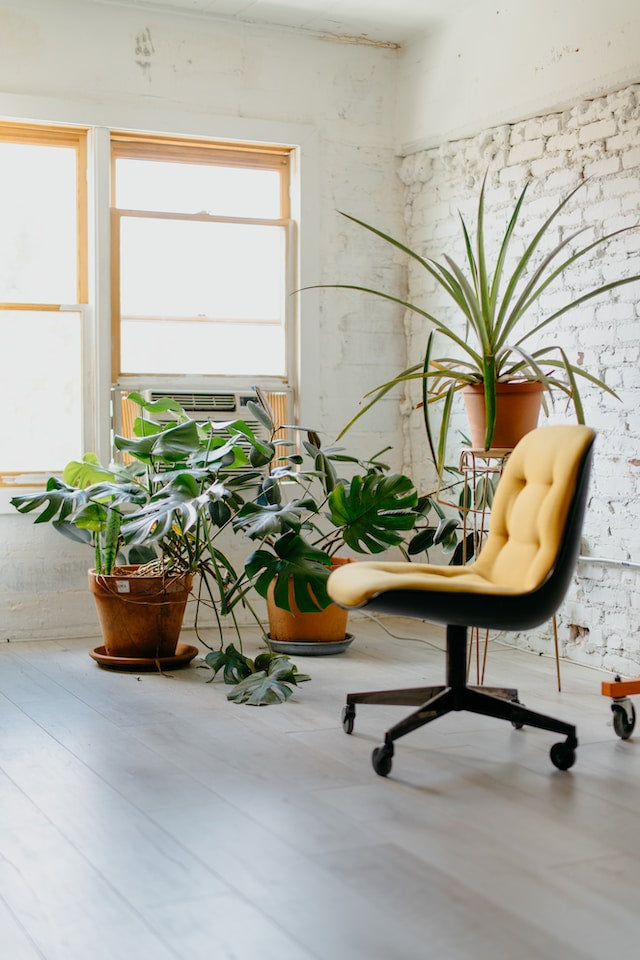
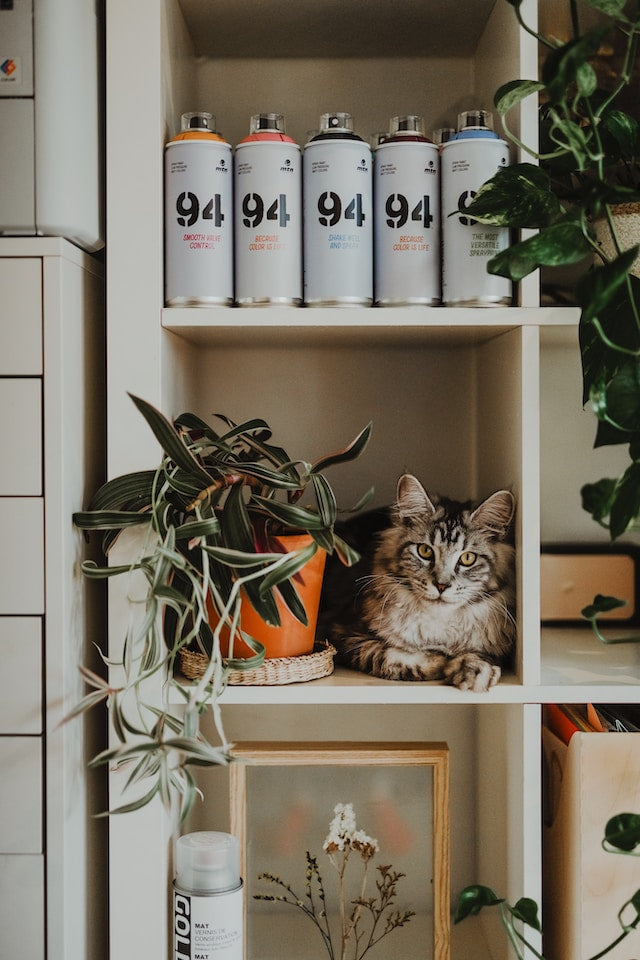
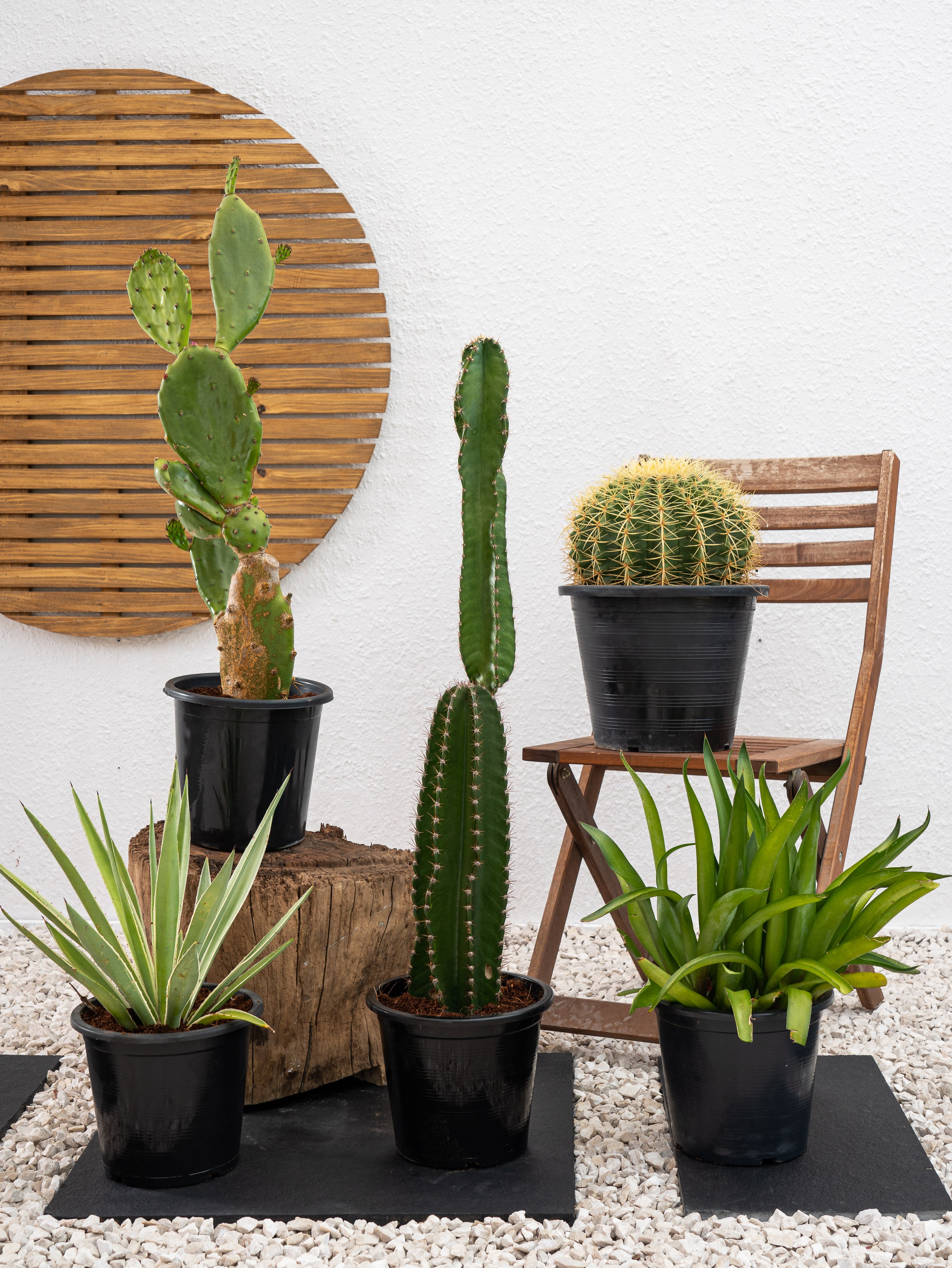

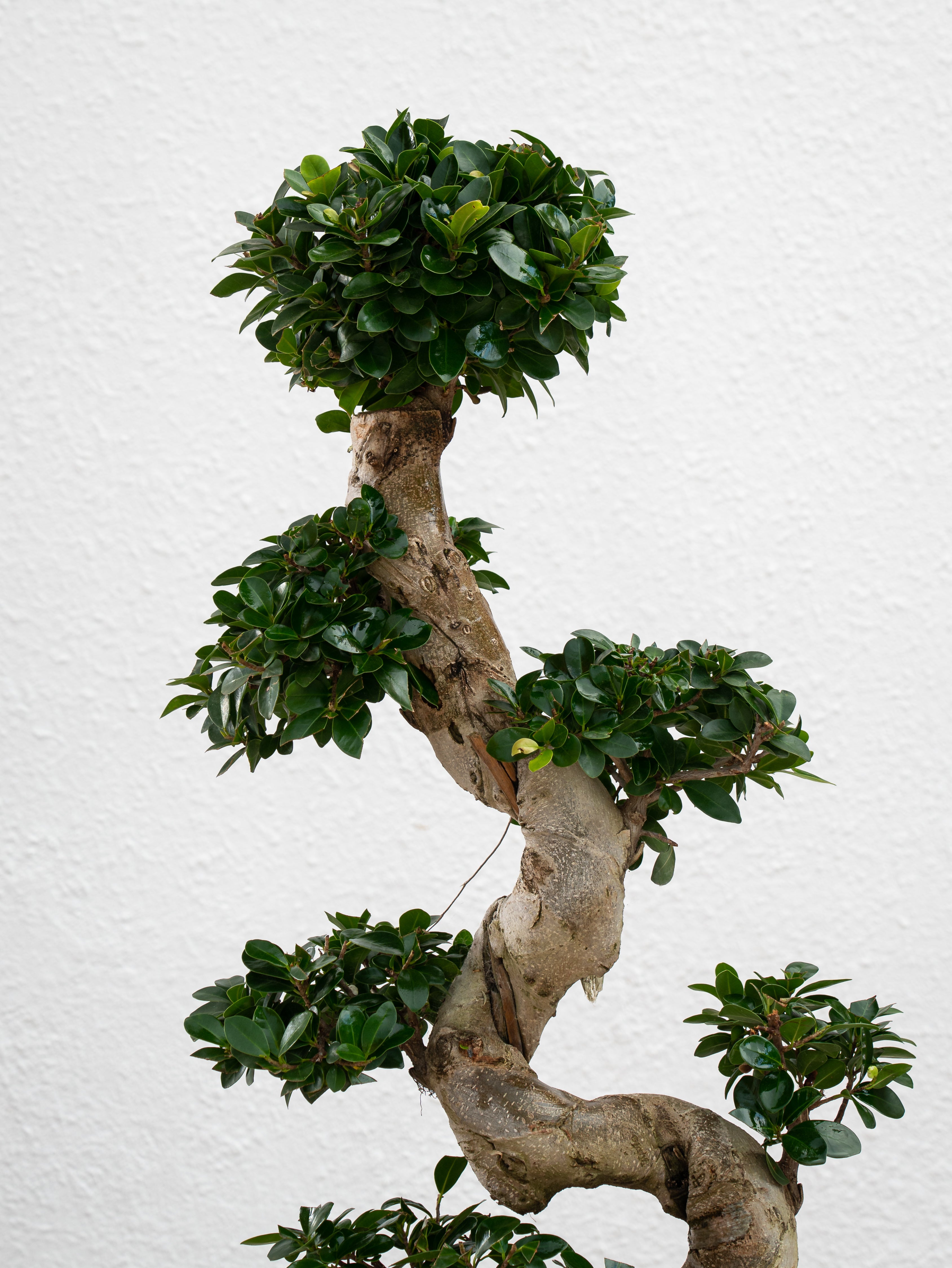
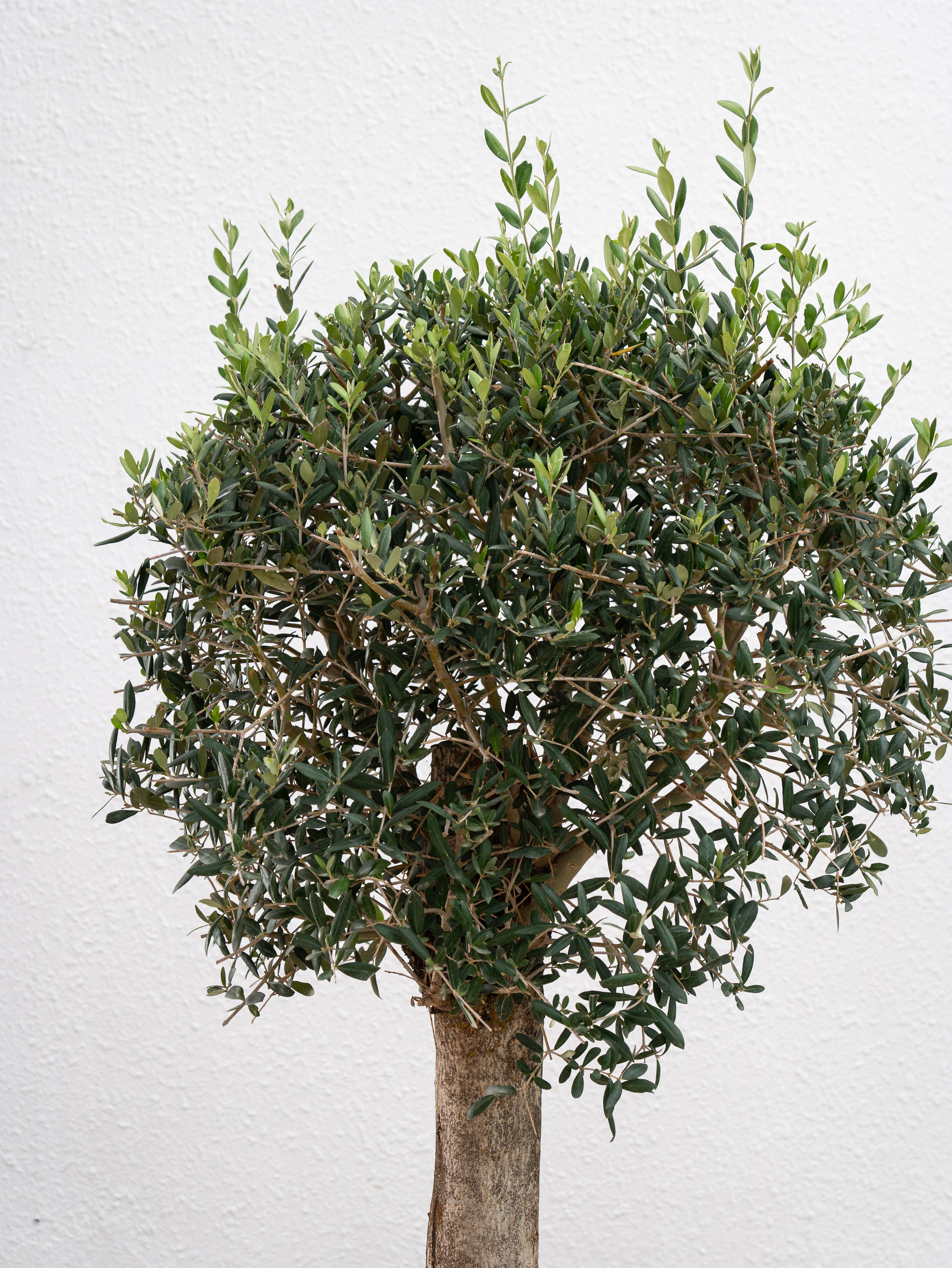
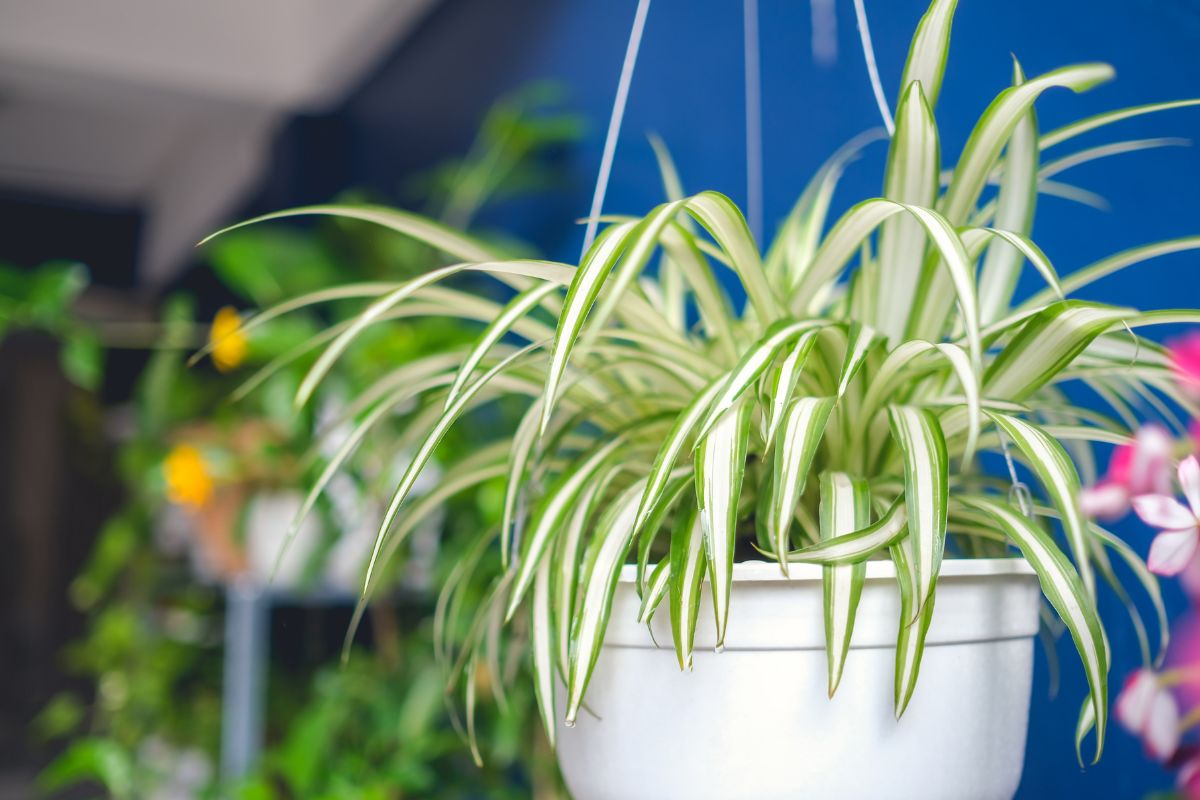
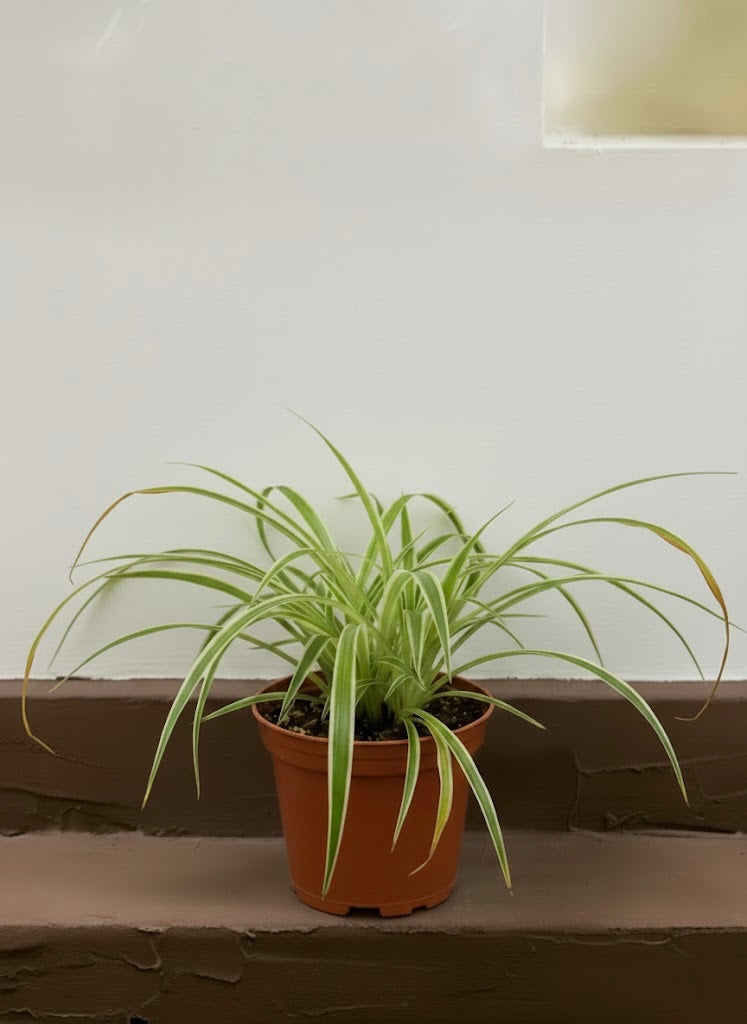
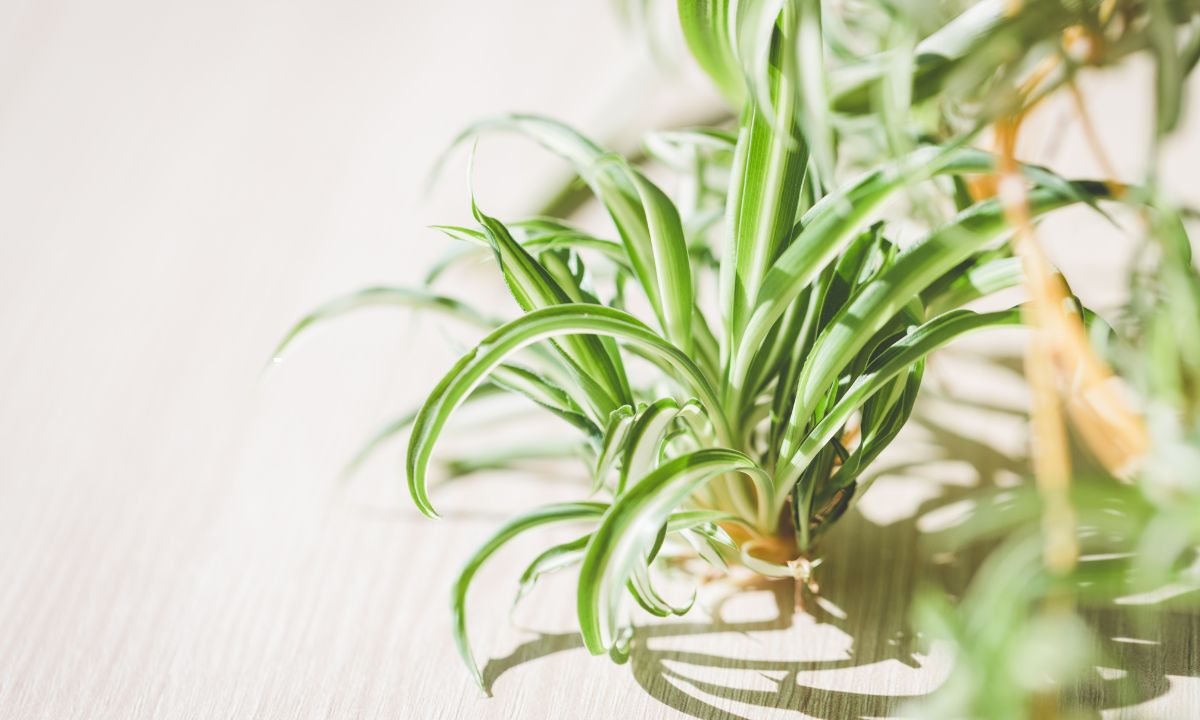
Leave a comment
This site is protected by hCaptcha and the hCaptcha Privacy Policy and Terms of Service apply.